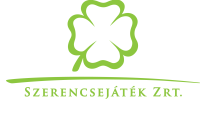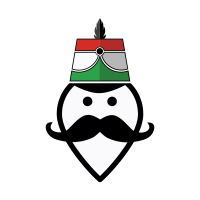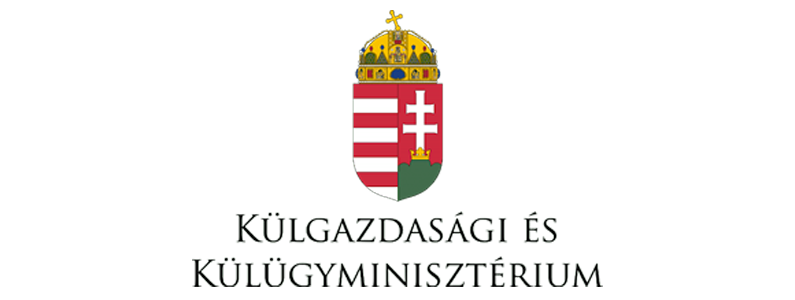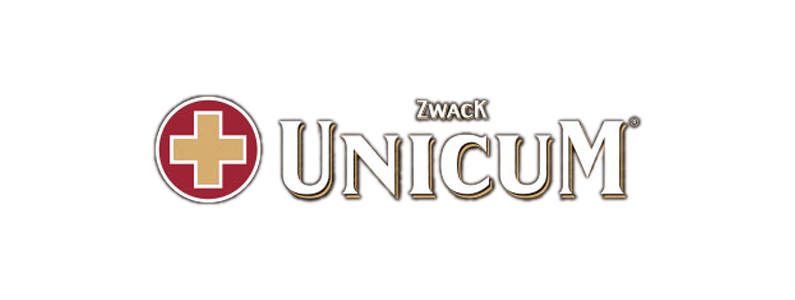With the crew of the Hungaricums Around the World, one of the mission of our team is to map Hungarians all over the world, to commemorate Hungarian people and their legacies. Over the past three …
With the crew of the Hungaricums Around the World, one of the mission of our team is to map Hungarians all over the world, to commemorate Hungarian people and their legacies. Over the past three …
The name of Alexander Csoma Kőrösi is familiar to many people in Asia. The memory of the linguist is preserved on plaques in places he has previously visited, such as Aleppo, Tehran or several towns …
Endre Friedmann’s name probably sounds unfamiliar to many, but when it comes to Robert Capa, everyone knows who he is, even though the two are the same. The Hungarian-born photographer was one of the most …
August Schoefft entered history as a prominent Hungarian painter of the 19th century. Few people would think that an artist can be famous not only for his paintings. He literally had traveled the world throughout …
The Hungarian Cultural Garden is part of a larger network of the Cleveland Cultural Gardens. The mission of the Gardens is to bring “peace through mutual understanding”. Around 32 gardens are dedicated to various cultural …
Persepolis is one of the most popular tourist sights in Iran, the loss of the once prosperous city was caused by the conquests of Alexander the Great. Its name means “Persian city”. The city has …
Szeretnénk, ha hozzájárulhatnánk ahhoz, hogy ne szűnjön meg a magyar világlátás Bécsnél és az „Óperencia” kereteit kitágíthassuk, amennyire csak lehet.
Iratkozz fel YouTube csatornánkra! / Subscribe to our YouTube channel!
Kövess minket Instagramon!


























